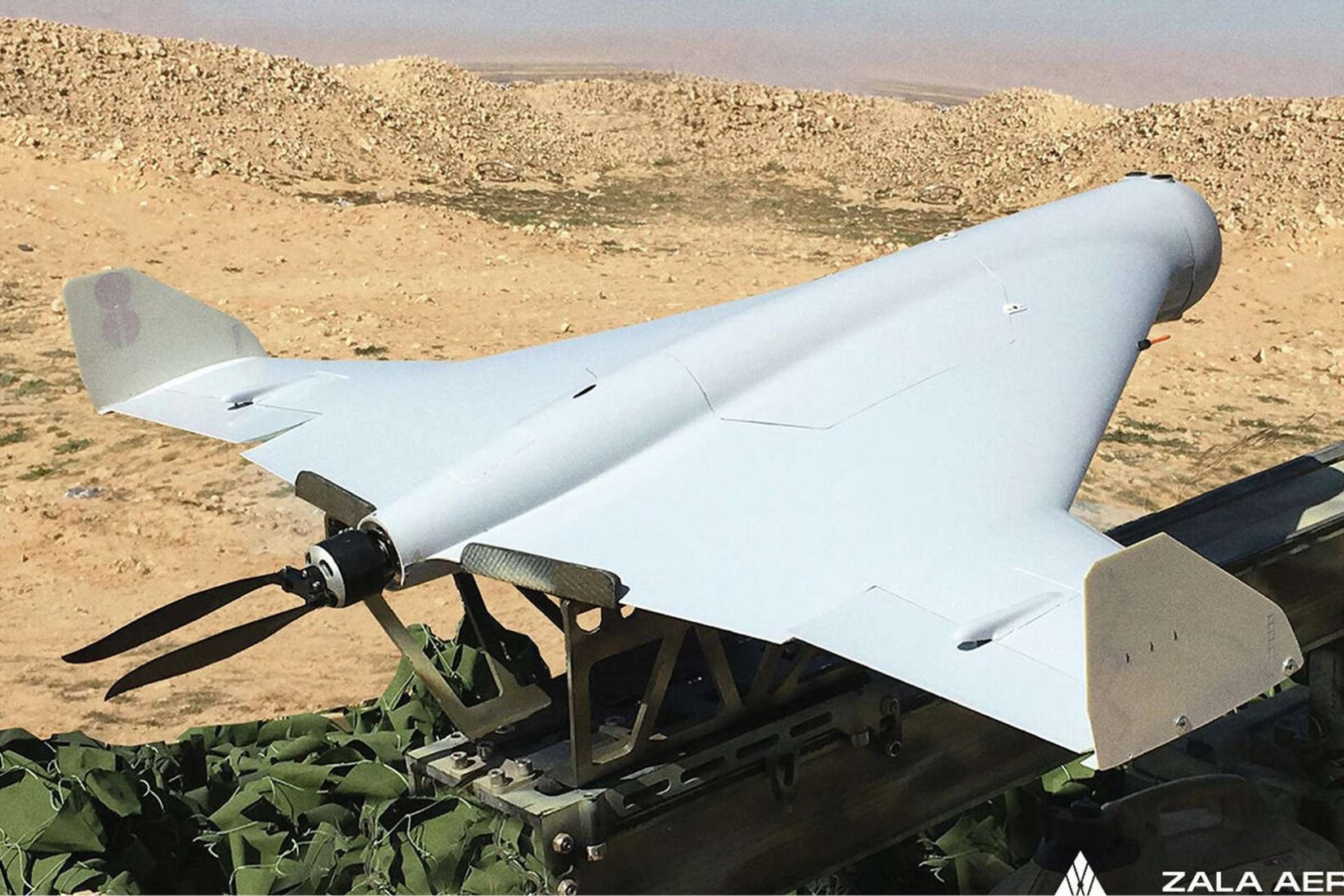Breaking News
How Russia’s AI-Powered Shahed Drones Are Changing Modern Warfare.
According to information published by Politico on December 27, 2024, Russian forces have reportedly integrated advanced artificial intelligence (AI) systems into their Iranian-made Shahed drones, enhancing their capabilities in the battlefield. This development enables the drones to resist traditional electronic warfare tactics while autonomously identifying and engaging targets, even without a network connection.
Follow Army Recognition on Google News at this link

Russia's AI-enhanced Shahed drones bring a new era of autonomous warfare, capable of targeting critical infrastructure even under heavy electronic jamming. (Picture source: Zala Aero Group)
The integration of AI is a game-changer in drone warfare. Traditionally, unmanned aerial systems rely heavily on continuous network connectivity for navigation and target acquisition, making them vulnerable to jamming and other electronic countermeasures. However, the AI-equipped Shahed drones can now recognize and engage targets independently by analyzing visual data and identifying objects resembling critical infrastructure, such as power stations.
This innovation allows the drones to operate in highly contested environments where electronic warfare measures are prevalent. By enabling offline functionality, Russia has enhanced the resilience and effectiveness of these drones, even in areas with heavy jamming or disrupted communication networks. The AI systems onboard use machine learning algorithms trained to recognize physical characteristics and signatures of strategic assets, giving the drones advanced autonomous targeting capabilities.
These improvements elevate Shahed drones from relatively simple loitering munitions to sophisticated tools of warfare, presenting new challenges to defenders. Their ability to bypass electronic countermeasures makes them particularly effective against critical civilian and military infrastructure, heightening concerns over the safety of power grids, command centers, and other essential installations.
Shahed drones have already proven their value in the ongoing conflict in Ukraine, where they have been employed in swarm attacks and precision strikes. The addition of AI further cements their role as a key component of Russia’s strategy to leverage cost-effective, adaptable weapons on the modern battlefield.
This technological leap has not gone unnoticed, as Western nations and other actors closely monitor the implications of Russia’s advancements in autonomous systems. It underscores the urgent need to develop countermeasures against AI-driven drones, including more robust jamming technology, advanced radar systems, and AI-based counter-drone solutions.
The incorporation of AI into Shahed drones highlights the growing importance of autonomy in warfare. It represents a shift toward increasingly self-reliant systems. This evolution in drone technology not only reflects Russia’s strategic priorities but also signals a broader transformation in the nature of modern conflict, where technological superiority is becoming a decisive factor.


























